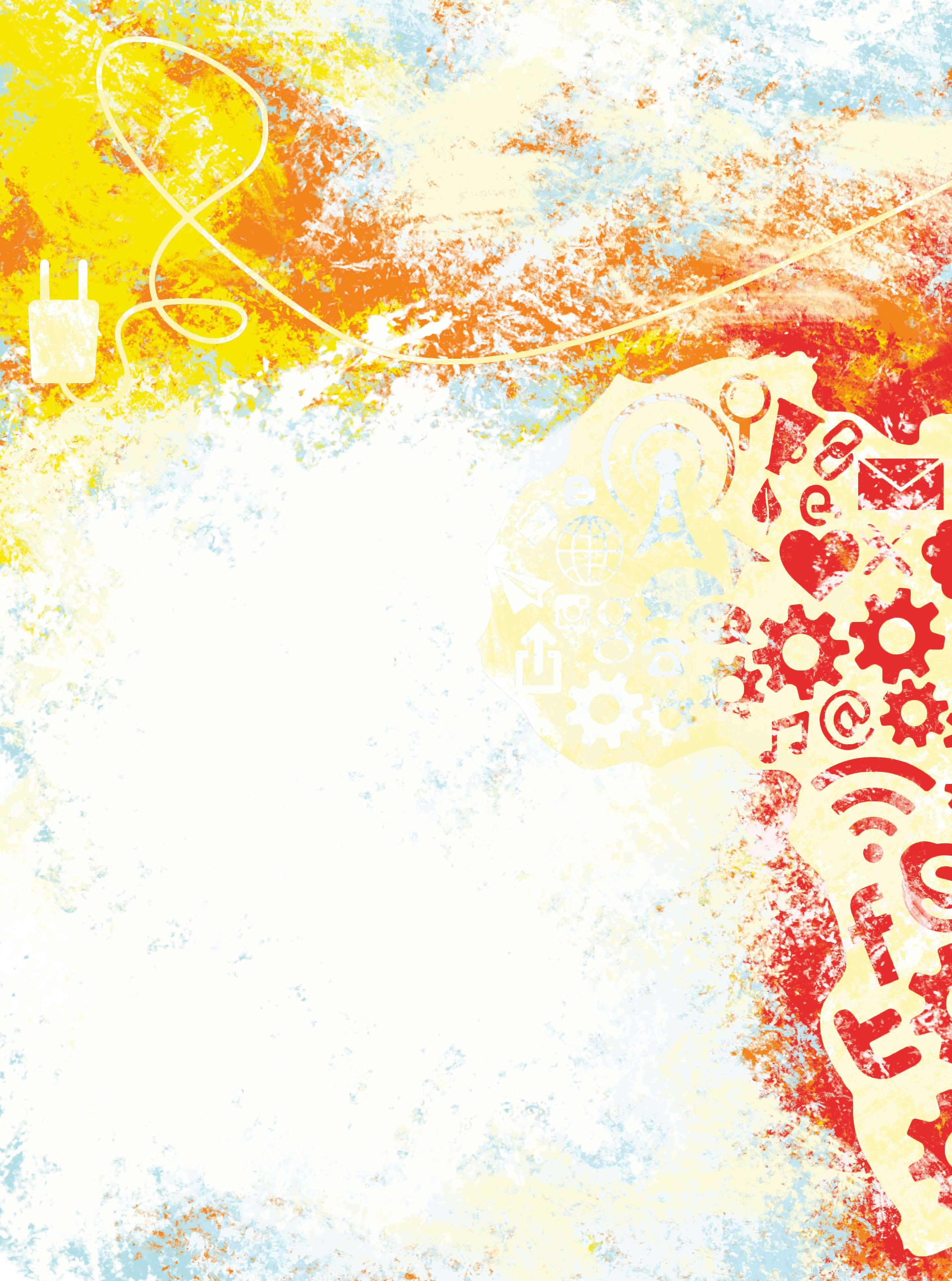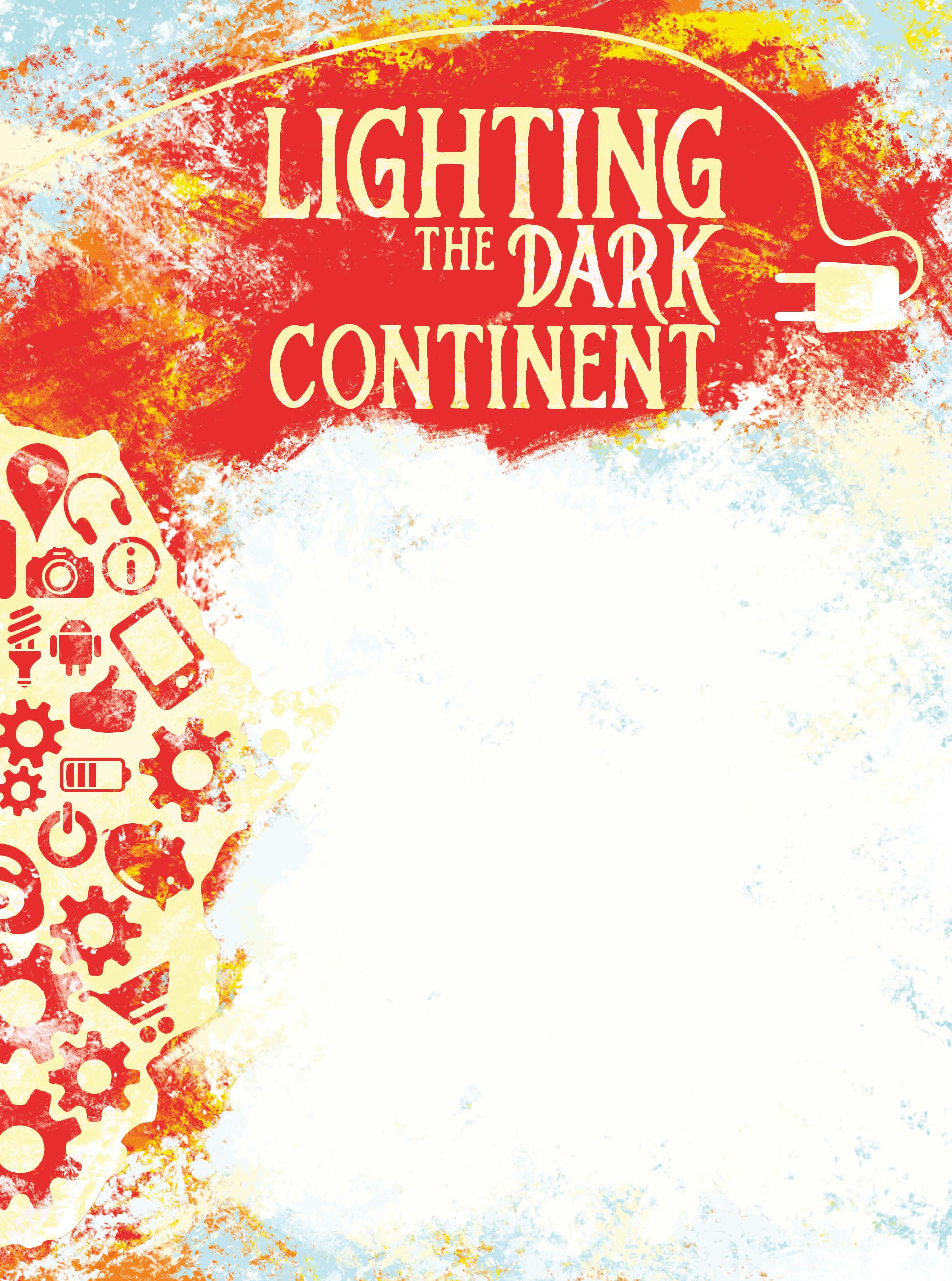
5 minute read
Lighting the Dark Continent
There are many things you expect to hear while lumbering through the Zambian savanna while on the back of an enormous African elephant.
Of the many you’d associate with this scenario, like “Look, a zebra!” or even “Don’t let the monkeys steal your hat”, I’d wager that “So what’s your Twitter handle?” really isn’t one of them.
Advertisement
Jo, our chatty and extremely linguistically talented guide, has been involved with elephants all his adult life. He’s also worked all over Africa, speaks more than seven languages and has a deep and abiding passion for his pachyderm charges. But being from neighbouring Zimbabwe, he can only travel home once a year to visit his family.
In a country where the postal service is pretty much nonexistent, he’s had to rely on social networks like Facebook and Twitter to keep him connected to his family. He says this way he can see photos of his children continuously, keep up with their day-today activities and even send money back home to his family far quicker than he could if he used more… traditional means.
Surprised? I certainly was. Isn’t this deepest, darkest Africa where lions roam the streets and we only got out of our animal skins about a decade ago?
Revelations like this underscore a remarkable change taking place in Africa.
A continent that has long accepted technological hand-me-downs from the West has quietly been innovating. You see, while we were battling dial-up tones and 16-bit graphics in South Africa, the rest of Africa continued with their everyday chores, vastly unaware of Western toys like personal computers. Africa missed the 486 and Pentium desktop revolution, skipping right on to mobile devices. Almost as if someone had flicked a light switch, the Dark Continent was lit up with mobile technology.
Today, even in the most remote African villages, mobile phones are a common sight. It’s been estimated that the number of mobiles will rise to 930 million by 2019. Smartphones, some of which now cost as little as US$25, are likely to push internet penetration throughout the continent to 50% within a decade. Forget 4G and Wi-Fi for a moment. Although bigger cities like Nairobi and Lusaka have embraced public Wi-Fi, it is one of mobile’s most humble technologies that’s taking people places.
USSD or Unstructured Supplementary Service Data has opened rural Africa up to a multitude of new avenues – for both consumers and sellers.
For consumers, it’s provided the means to do everything from buying airtime to recharging electricity vouchers, and even sending and receiving money. For sellers, it’s provided a new way to reach their consumers, making it an inexpensive marketing platform for wholesalers and banking institutions. This business environment has attracted a number of Western companies to invest in Africa.
Microsoft is funding a small firm that is developing wide-area Wi-Fi systems able to cover entire regions at less than a hundredth of the cost of existing mobile tech. Cisco, a maker of network gear, and now an angel investor, are hurriedly looking at changing their architectural landscape.
Even social giant Facebook has joined the fray, partnering with phone operators to make internet connectivity available for free, through an initiative known as internet.org, in the hopes of signing up Africans before indigenous social media nab them.
By Philippa Rose-Tite
Start-ups are also being developed.
EmergingCrowd, a London-based crowd-funding firm, aims to match investors with companies in emerging markets, predominantly in Africa. One of the first firms to raise money on it is Bozza, a market for African music and film producers who would otherwise struggle to sell their work.
All of this is allowing Africans to go beyond merely copying technology used elsewhere and adapting it to fit African circumstances. Mobile money is possibly the best example.
A technology that long struggled to gain traction in the West has transformed economies in places such as Kenya, where millions of unbanked people have been brought into the financial system. Some firms are even using mobile money applications to sell life insurance policies.
Opportunities abound in the services arena too, where phones not only reduce the cost of collecting small premiums but also allow insurers to remind customers to take their medicine. One innovator, Olam, a Singapore-listed farm-commodity firm, has signed over 30,000 farmers in Tanzania as suppliers of coffee, cotton and cocoa through a mobile-phone system, boosting profitability for all.
This type of thinking has in turn birthed an entirely new wave of innovation.
With poor roadways making the transport of goods difficult, a group of European engineers – supported by IBM – has begun trials using airborne drones as a means to supply lightweight cargo within a 120km radius.
Christened “flying donkeys”, these drones are said to carry up to 10kg of cargo in order to supply medicine to remote communities, or emergency rations to refugees. They are designed to be cheap and rugged enough to deploy across the continent, and could perhaps serve as a proving ground for retailers like Amazon that are unable to experiment as freely in the rich world because of strict regulations.
It’s this peculiar union of economic and political circumstances that nurtures innovative thinking like this. Thanks to weak governance and light regulative authority, engineers can try things that are either prohibited or prohibitively bureaucratic elsewhere. It is also sustained by the rareness of traditional infrastructure, whether roads or landlines, because of landmines and war-ravaged land, meaning that new technologies or business models face few established competitors.
The real question here is – where to next?
What Africa makes, it will inevitably export, the same way Germany gave us SoundCloud or Israel gave us Waze.
In fact, it’s already happening.
A Wi-Fi device called BRCK that was made at an African tech incubator has been used to patch up dead spots in Wisconsin. A system called Ushahidi, a crowd-sourcing platform that was used to track incidences of violence around elections in Nigeria, has been used by the Washington Post to track snow cleanup, and by The Huffington Post to monitor election polling.
But that’s not all Africa will export as it becomes more connected. Innovation isn’t just in technology. There’s innovation in trends and popular culture too.
As Africa slowly continues on its journey to becoming an international innovation hub, it will bring us closer to African culture, literature, fashion and media. And that will be the real innovation.











